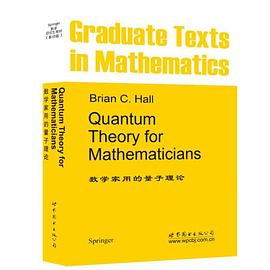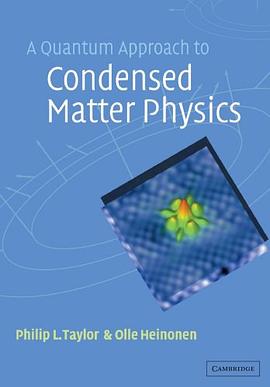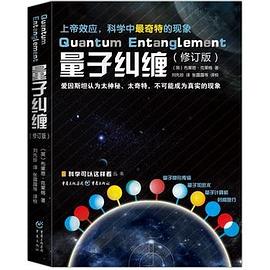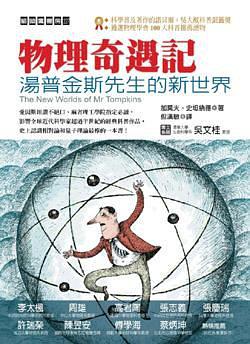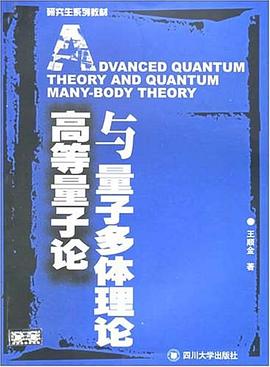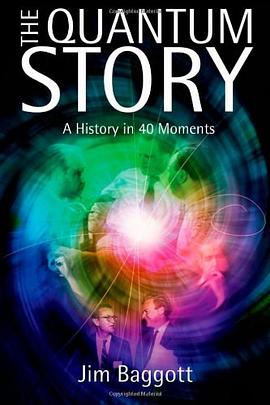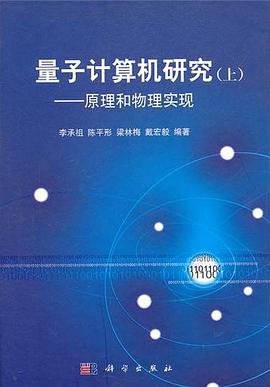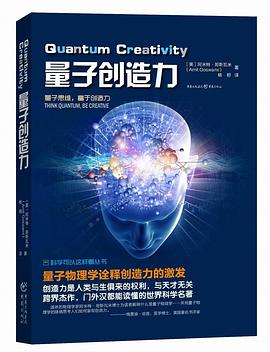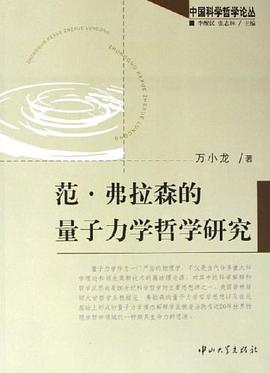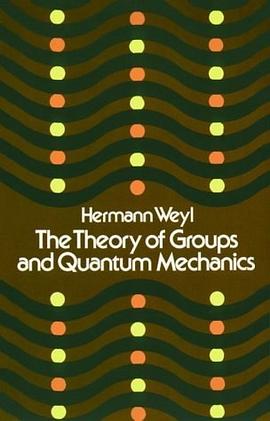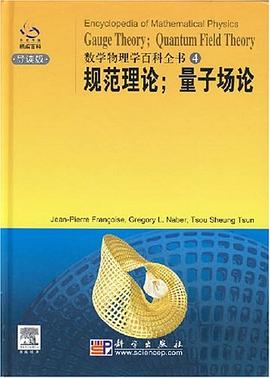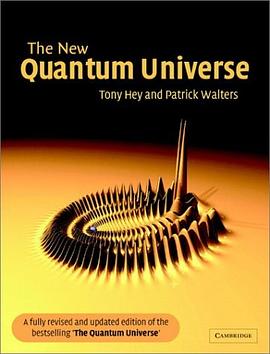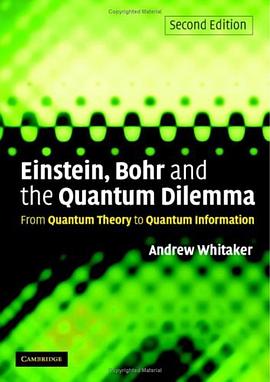1 The Experimental Origins of Quantum Mechanics
1.1 Is Light a Wave or a Particle
1.2 Is an Electron a Wave or a Particle
1.3 SchrSdinger and Heisenberg
1.4 A Matter of Interpretation
1.5 Exercises
2 A First Approach to Classical Mechanics
2.1 Motion in R1
2.2 Motion in Rn
2.3 Systems of Particles
2.4 Angular Momentum
2.5 Poisson Brackets and Hamiltonian Mechanics
2.6 The Kepler Problem and the Runge-Lenz Vector
2.7 Exercises
3 A First Approach to Quantum Mechanics
3.1 Waves, Particles, and Probabilities
3.2 A Few Words About Operators and Their Adjoints
3.3 Position and the Position Operator
3.4 Momentum and the Momentum Operator
3.5 The Position and Momentum Operators
3.6 Axioms of Quantum Mechanics: Operators and Measurements
3.7 Time-Evolution in Quantum Theory
3.8 The Heisenberg Picture
3.9 Example: A Particle in a Box
3.10 Quantum Mechanics for a Particle in Rn
3.11 Systems of Multiple Particles
3.12 Physics Notation
3.13 Exercises
4 The Free Schrodinger Equation
4.1 Solution by Means of the Fourier Transform
4.2 Solution as a Convolution
4.3 Propagation of the Wave Packet: First Approach
4.4 Propagation of the Wave Packet: Second Approach
4.5 Spread of the Wave Packet
4.6 Exercises
5 A Particle in a Square Well
5.1 The Time-Independent SchrSdinger Equation
5.2 Domain Questions and the Matching Conditions
5.3 Finding Square-Integrable Solutions
5.4 Tunneling and the Classically Forbidden Region
5.5 Discrete and Continuous Spectrum
5.6 Exercises
6 Perspectives on the Spectral Theorem
6.1 The Difficulties with the Infinite-Dimensional Case
6.2 The Goals of Spectral Theory
6.3 A Guide to Reading
6.4 The Position Operator
6.5 Multiplication Operators
6.6 The Momentum Operator
7 The Spectral Theorem for Bounded Self-Adjoint Operators: Statements
7.1 Elementary Properties of Bounded Operators
7.2 Spectral Theorem for Bounded Self-Adjoint Operators, I
7.3 Spectral Theorem for Bounded Self-Adjoint Operators, II
7.4 Exercises
8 The Spectral Theorem for Bounded Self-Adjoint Operators: Proofs
8.1 Proof of the Spectral Theorem, First Version
8.2 Proof of the Spectral Theorem, Second Version
8.3 Exercises
9 Unbounded Self-Adjoint Operators
9.1 Introduction
9.2. Adjoint and Closure of an Unbounded Operator
9.3 Elementary Properties of Adjoints and Closed Operators
9.4 The Spectrum of an Unbounded Operator
9.5 Conditions for Self-Adjointness and Essential Self-Adjointness
9.6 A Counterexample
9.7 An Example
9.8 The Basic Operators of Quantum Mechanics
9.9 Sums of Self-Adjoint Operators
9.10 Another Counterexample
9.11 Exercises
10 The Spectral Theorem for Unbounded Self-Adjoint Operators
10.1 Statements of the Spectral Theorem
10.2 Stone's Theorem and One-Parameter Unitary Groups
10.3 The Spectral Theorem for Bounded Normal Operators
10.4 Proof of the Spectral Theorem for Unbounded Self-Adjoint Operators
10.5 Exercises
11 The Harmonic Oscillator
11.1 The Role of the Harmonic Oscillator
11.2 The Algebraic Approach
11.3 The Analytic Approach
11.4 Domain Conditions and Completeness
11.5 Exercises
12 The Uncertainty Principle
12.1 Uncertainty Principle, First Version
12.2 A Counterexample
12.3 Uncertainty Principle, Second Version
12.4 Minimum Uncertainty States
12.5 Exercises
13 Quantization Schemes for Euclidean Space
13.1 Ordering Ambiguities
13.2 Some Common Quantization Schemes
13.3 The Weyl Quantization for R2n
13.4 The "No Go" Theorem of Groenewold
13.5 Exercises
14 The Stone-yon Neumann Theorem
14.1 A Heuristic Argument
14.2 The Exponentiated Commutation Relations
14.3 The Theorem
14.4 The Segal-Bargmann Space
14.5 Exercises
15 The WKB Approximation
15.1 Introduction
15.2 The Old Quantum Theory and the Bohr-Sommerfeld Condition
15.3 Classical and Semiclassical Approximations
15.4 The WKB Approximation Away from the Turning Points
15.5 The Airy Function and the Connection Formulas
15.6 A Rigorous Error Estimate
15.7 Other Approaches
15.8 Exercises
16 Lie Groups, Lie Algebras, and Representations
16.1 Summary
16.2 Matrix Lie Groups
16.3 Lie Algebras
16.4 The Matrix Exponential
16.5 The Lie Algebra of a Matrix Lie Group
16.6 Relationships Between Lie Groups and Lie Algebras
16.7 Finite-Dimensional Representations of Lie Groups and Lie Algebras
16.8 New Representations from Old
16.9 Infinite-Dimensional Unitary Representations
16.10 Exercises
17 Angular Momentum and Spin
17.1 The Role of Angular Momentum in Quantum Mechanics
17.2 TheAngular Momentum Operators in R3
17.3 Angular Momentum from the Lie Algebra Point of View
17.4 The Irreducible Representations of so(3)
17.5 The Irreducible Representations of S0(3)
17.6 Realizing the Representations Inside L2(S2)
17.7 Realizing the Representations Inside L2(~3)
17.8 Spin
17.9 Tensor Products of Representations: "Addition of Angular Momentum"
17.10 Vectors and Vector Operators
17.11 Exercises
18 Radial Potentials and the Hydrogen Atom
18.1 Radial Potentials
18.2 The Hydrogen Atom: Preliminaries
18.3 The Bound States of the Hydrogen Atom
18.4 The Runge-Lenz Vector in the Quantum Kepler Problem
18.5 The Role of Spin
18.6 Runge-Lenz Calculations
18.7 Exercises
19 Systems and Subsystems, Multiple Particles
19.1 Introduction
19.2 Trace-Class and Hilbert Schmidt Operators
19.3 Density Matrices: The General Notion of the State of a Quantum System
19.4 Modified Axioms for Quantum Mechanics
19.5 Composite Systems and the Tensor Product
19.6 Multiple Particles: Bosons and Fermions
19.7 "Statistics" and the Pauli Exclusion Principle
19.8 Exercises
20 The Path Integral Formulation of Quantum Mechanics
20.1 Trotter Product Formula
20.2 Formal Derivation of the Feynman Path Integral
20.3 The Imaginary-Time Calculation
20.4 The Wiener Measure
20.5 The Feynman-Kac Formula
20.6 Path Integrals in Quantum Field Theory
20.7 Exercises
21 Hamiltonian Mechanics on Manifolds
21.1 Calculus on Manifolds
21.2 Mechanics on Symplectic Manifolds
21.3 Exercises
22 Geometric Quantization on Euclidean Space
22.1 Introduction
22.2 Prequantization
22.3 Problems with Prequantization
22.4 Quantization
22.5 Quantization of Observables
22.6 Exercises
23 Geometric Quantization on Manifolds
23.1 Introduction
23.2 Line Bundles and Connections
23.3 Prequantization
23.4 Polarizations
23.5 Quantization Without Half-Forms
23.6 Quantization with Half-Forms: The Real Case
23.7 Quantization with Half-Forms: The Complex Case
23.8 Pairing Maps
23.9 Exercises
A Review of Basic Material
A.1 Tensor Products of Vector Spaces
A.2 Measure Theory
A.3 Elementary Fumctional Analysis
A.4 Hilbert Spaces and Operators on Them
References
Index
· · · · · · (
收起)
